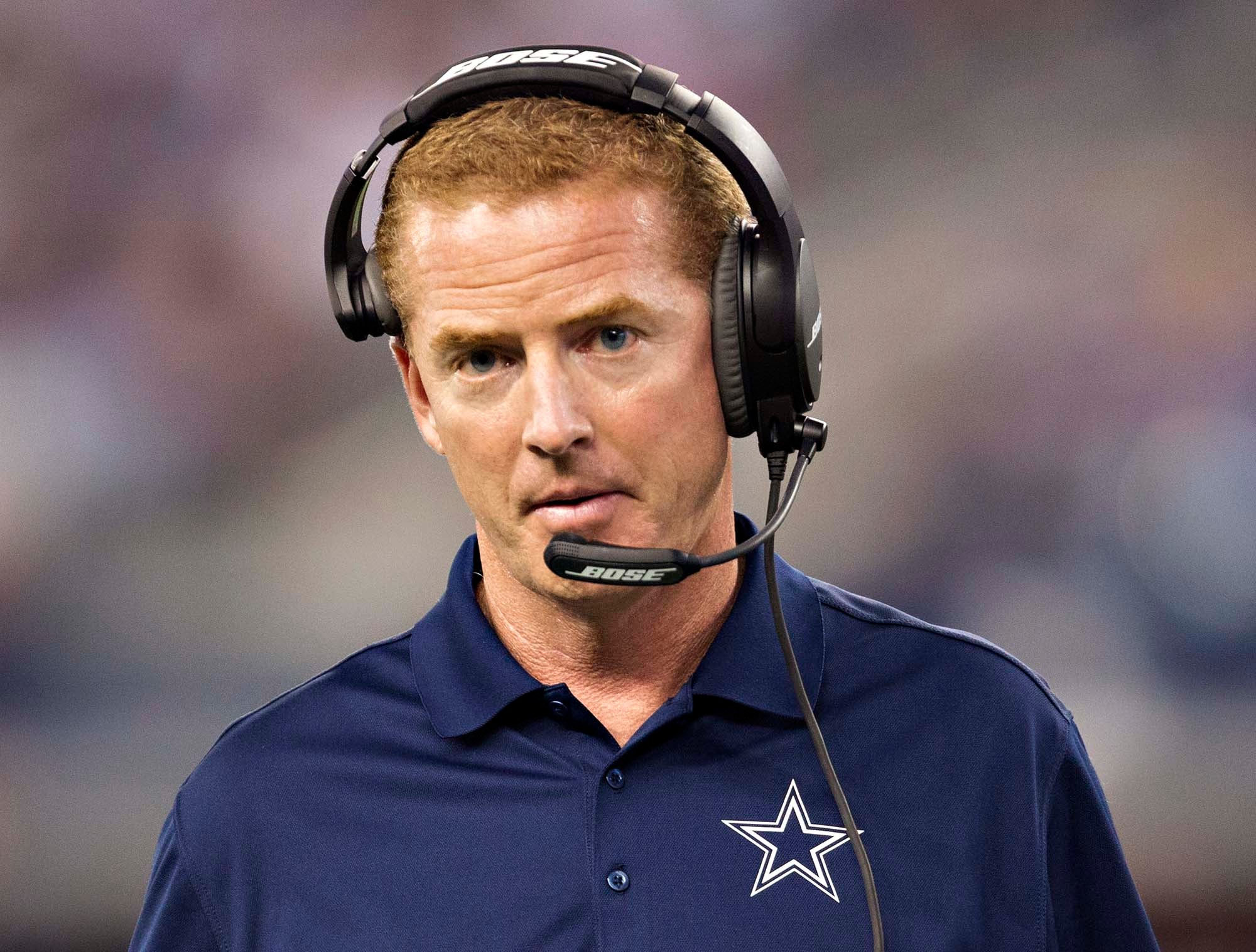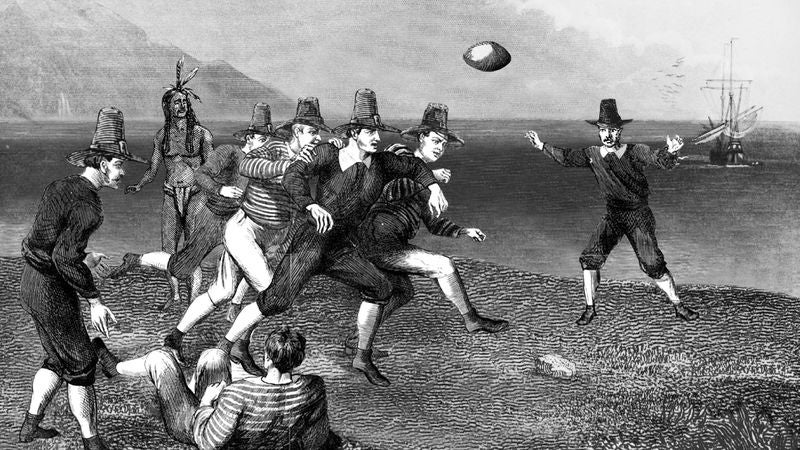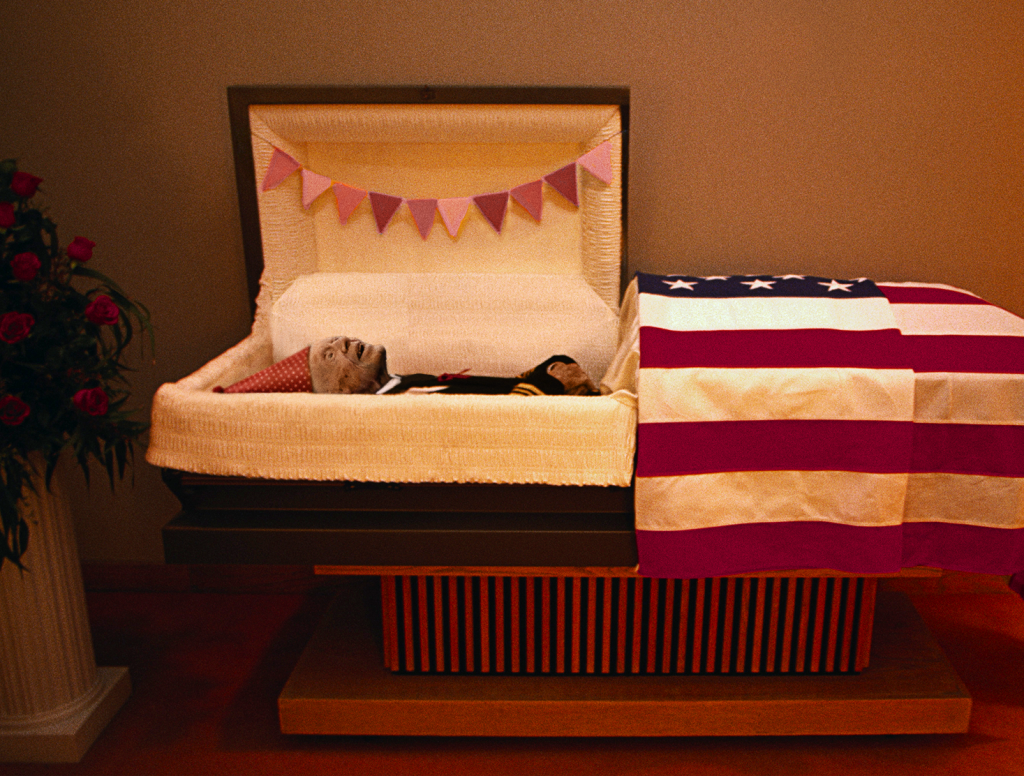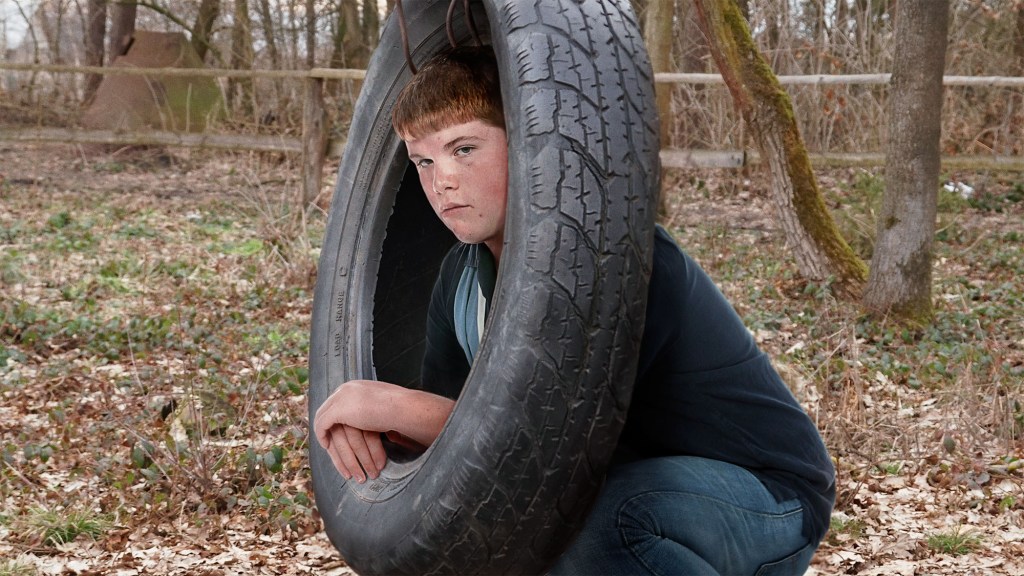DALLAS—Noting that he takes great pride in the rich legacy of his predecessors, Dallas Cowboys head coach Jason Garrett told reporters Tuesday that he is able to trace his coaching tree all the way back to the landing of the Mayflower.
Garrett, who first began his career under then-Miami Dolphins head coach Nick Saban in 2004, explained that his coaching lineage originates in a small English hamlet outside London, where the first member of his coaching tree, Edmund Fayerweather, decided to depart for the Americas from Plymouth Harbor in 1620.
“Coach Fayerweather was probably the most brilliant offensive mind in the history of Northamptonshire football,” said Garrett, adding that Fayerweather began the centuries-old line of coaches that eventually went on to include Bill Walsh, Dennis Green, and Brian Billick. “His scheme at the time was based on his strong belief in a very conservative, run-heavy approach. He faced a lot of criticism from his peers for having what was considered to be a puritanical coaching philosophy, and so he and much of his staff decided to leave England for the New World.”

“And 400 years later, here I am today with the Cowboys,” Garrett continued. “It all started with Edmund.”
Garrett explained that during the perilous 66-day voyage across the Atlantic, passengers of the Mayflower signed a compact electing Fayerweather head coach and general manager of the colony’s new 22-settler football team. He added that the document also stipulated the basic offensive principles that the team would adhere to, including the use of twin tight end formations and a zone blocking scheme that later led to the development of the modern-day West Coast offense.
According to Garrett, the brutal winter months ensured that Fayerweather’s first season after arriving in Massachusetts Bay was not an easy one. Garrett told reporters that heavy snow and continuous strong winds almost completely eliminated the kicking game that year, and the new colony’s extremely limited food supply—as well as rampant scurvy—left players easily fatigued and necessitated frequent substitutions along the defensive line and secondary.
“It was just very fortunate that the local Native Americans were able to help Fayerweather develop a viable playbook during that first offseason,” said Garrett, noting that most coaches of the Wampanoag confederacy were longtime practitioners of the read-option offense and were able to slowly teach the English the concepts of timing routes and play-misdirection. “The natives posed a unique offensive threat with their smaller size and devastating speed. That forced Fayerweather to experiment on defense and ultimately develop aggressive 4-3 blitz packages to stop the Pokanoket running backs.”
“In a lot of ways, we actually have Chief Massasoit to thank for inspiring today’s Tampa 2,” Garrett added.
Garrett also confirmed that he still studies historical records of Fayerweather’s creative play calling during the first-ever Thanksgiving football game between English settlers and Native Americans in 1621, which the Puritans won in the first possession of overtime with a 42-yard field goal.
While crediting Fayerweather with many key innovations to pro set formations and blocking techniques, Garrett told reporters that the Puritan coach’s greatest contribution to the game lies in the number of assistants he carefully tutored during the initial years of American colonization. Many of his former disciples would eventually go on to coach their own teams in the likes of Saybrook and New Haven, and his first offensive coordinator, Myles Britteridge, was reportedly on the verge of a record-breaking fourth straight undefeated season before it was cut short by the breakout of the Pequot War in 1634.
“Of course, the 17th-century gridiron was a far more brutal place than the modern NFL,” said Garrett, adding that in the early days of the Massachusetts Bay Football League, holding an opposing player’s wool doublets or violently dragging down a quarterback by his hat buckle were permitted by officials. “But many of the key tenets of those trailblazing men are still used in the game now. I try to incorporate many of the ideas passed down through Fayerweather’s successors over the past few hundred years, and you can certainly see shades of that colonial style in the way I run my team today.”
“It’s just a shame that so many of the great Native American coaches died from smallpox,” Garrett added.







